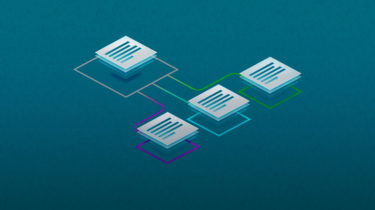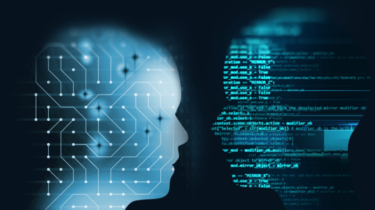Text Analytics of Resume Dataset with NLP!
This article was published as a part of the Data Science Blogathon Introduction We all have made our resumes at some point in time. In a resume, we try to include important facts about ourselves like our education, work experience, skills, etc. Let us work on a resume dataset today. The text we put in our resume speaks a lot about us. For example, our education, skills, work experience, and other random information about us are all present in a resume. […]
Read more





